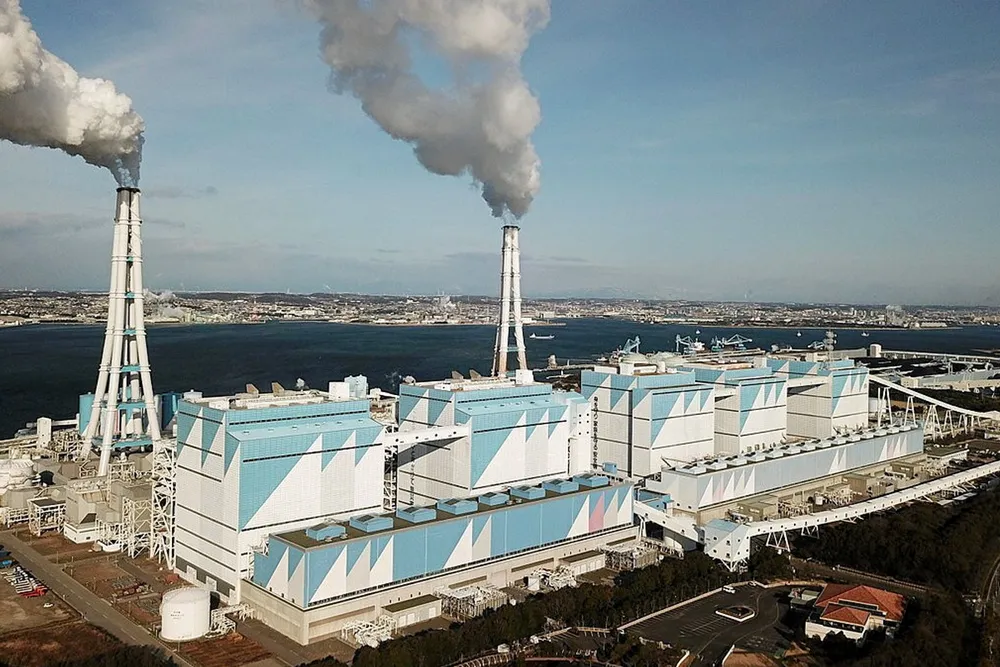Greenwashing? | Hydrogen-based ammonia now being burned with coal at Japanese power plant
Move has been criticised as an expensive, dirty option that would do little more than extend the lifetimes of highly polluting coal-fired power stations

Move has been criticised as an expensive, dirty option that would do little more than extend the lifetimes of highly polluting coal-fired power stations
